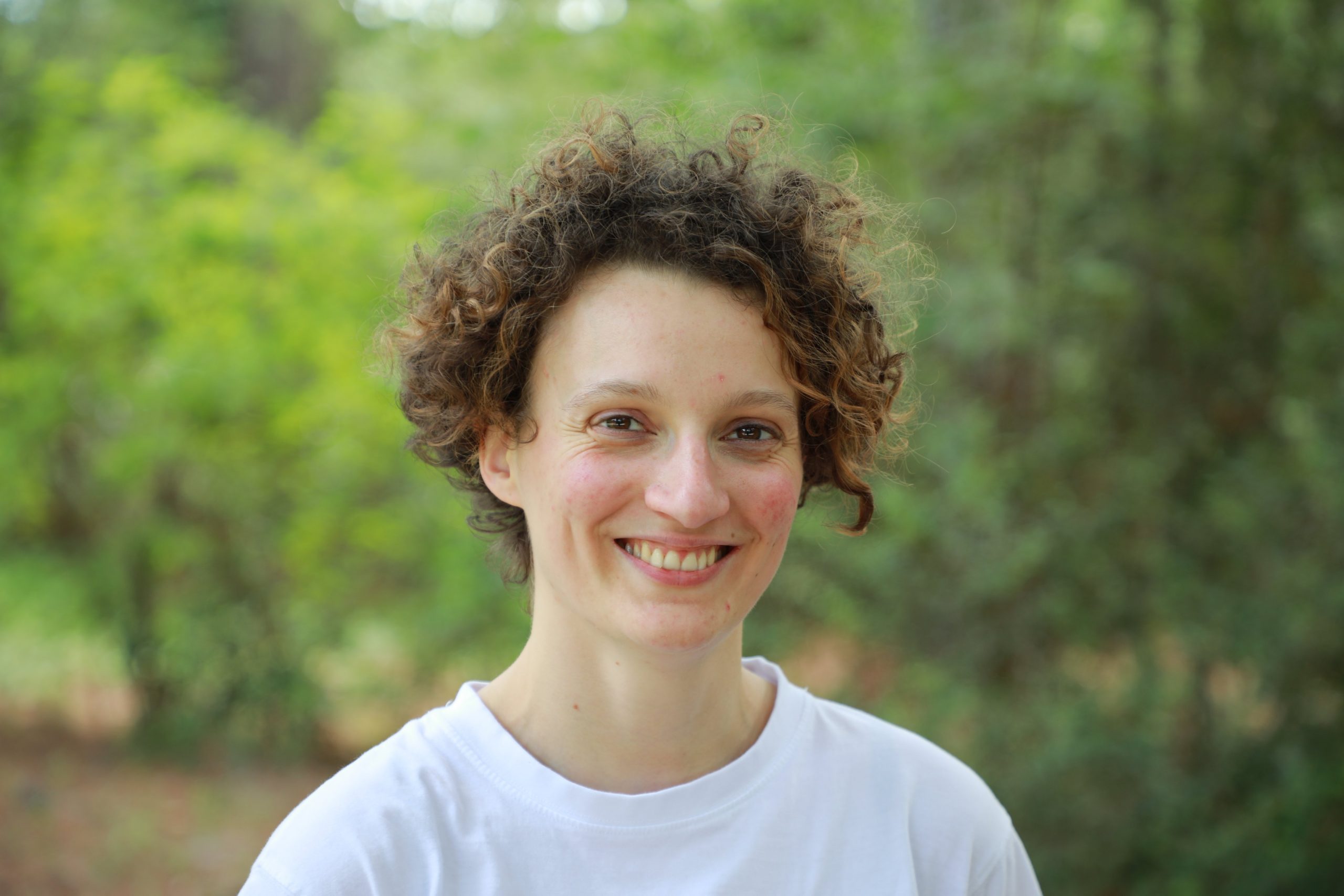Faces of ESLR: Edith Invernizzi
I research behaviour and evolution. Just two years ago I would have called myself a hard-core modeller, but now I have started to integrate data of my own collection into my work. I see models as in silico experiments where you can add and subtract elements that you cannot manipulate in the real world, strip off assumptions, create new conditions and look at longer time scales than would otherwise be possible to witness. This is particularly useful when you study evolution and, myself, I am interested in the dynamics that take place during evolution: the best known example is probably sexual selection, where a preference for a phenotype that initially emerged under natural selection ultimately leads change to extremes. I don’t study sexual selection, but the dynamics that occur in the evolution of behavioural traits. I am in the final few months of my PhD at the University of St Andrews (Scotland), where I study collective behaviour in eusocial insects. Eusocial species are one of the most common systems for studying collective behaviour, perhaps only on a par with fish schools, because each colony is essentially one organism (a superorganism) with one shared reproductive goal: in this context, every task is better performed as a collective task. Many of the collective behavioural models that we have developed (especially in eusocial species) assume that all individuals share identical behavioural rules. Only recently research has started to scratch the surface on the role of individual differences in collectives, but even in high-relatedness contexts such as eusociality, individual variation is the norm – in fact, when the same one or few individuals sire all of the offspring very quickly, inherited change can spread rapidly. My research addresses the questions of what happens to the collective outcome when genetically inherited behavioural change starts spreading and how the behaviour evolves when the collective outcome is the one under selection.
Eusocial insects are also known for their ability to share information with nestmates: bees dance and ants tap – each other with their antennae, to sense the molecules on the other ant. I look at what shape the communication network should take to be optimised for certain tasks, and how the number and characteristics of the workers involved should change depending on the characteristics of the group.
Working on a PhD on eusocial insect behaviour happened nearly by accident: a combination of poor luck with grant applications, general interest for evolution and fascination with the modelling methodologies of the field. I have a Masters in human behavioural ecology and an irrational interest for human behaviour, human traditions and languages (I have managed to learn three Indo-European languages and one Sino-Tibetan so far – I know it’s few compared to chronic language addicts, but maybe I am just more moderate. Japanese is next). Through my Masters, I have researched the evolution of human marital residence customs, both with modelling and with fieldwork surveys with ethnic minorities in mainland China. I am aiming at making human behaviour the focus of my post-PhD research – anyone looking for PostDocs or collaborators? I am also regularly frustrated by how inefficient academia can be, particularly in the work breakdown and early-career research (ECR) training, and I strive towards improving work practices in my small corner of the research world. I am the vice-chair for the ESLR and I work on developing ECR resources and networking platforms through the society’s website.
About the author
Edith Invernizzi is finishing her PhD at the University of St Andrews (Scotland), where she researches the evolution of collective behaviour. She is using eusocial insects as a model to study how complex systems (e.g. self-organised collective behaviour, information networks) evolve and adapt. At the moment, her research focuses on the expected network structure when the communication network is optimised for certain tasks, and how the number and characteristics of the individuals involved changes depending on the characteristics of the group. Her methods combine simulation modelling with the statistical analysis of observational data. She has a Masters of Philosophy in human behavioural ecology and has a multidisciplinary undergraduate background in biology and languages. She aims at applying complex systems to human behaviour in her postdoctoral research and is currently looking for opportunities. She is the ESLR vice-chair and works on developing ECR resources and networking platforms through the society’s website.
